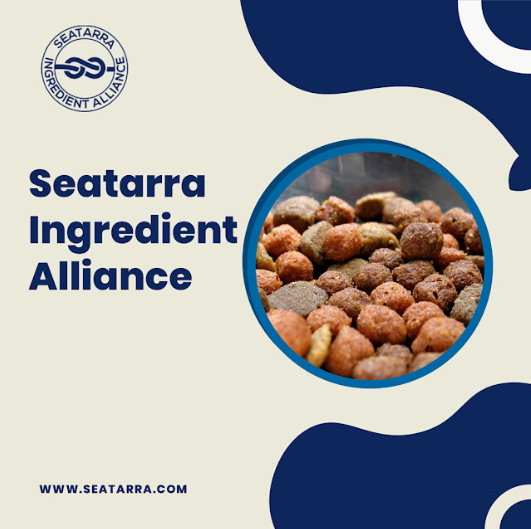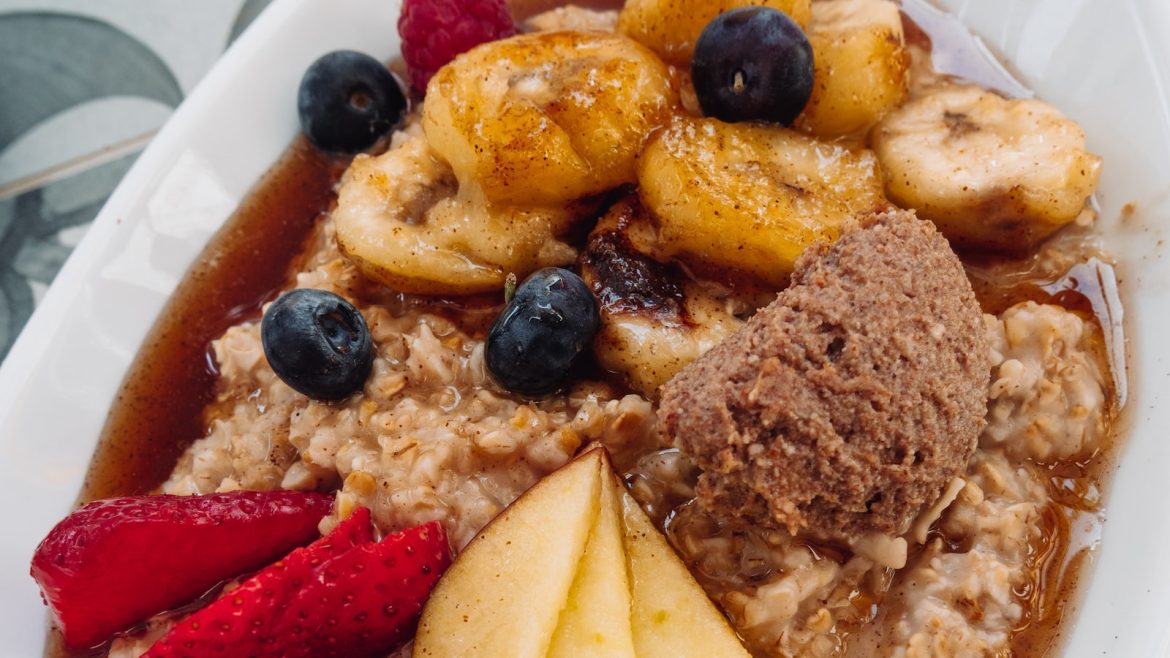As a pet owner, you want nothing but the best for your furry friend. You make sure they have plenty of exercise, love, and attention. But have you ever stopped to think about what you’re feeding them? Just like humans, dogs have specific dietary needs that must be met in order for them to thrive. However, deciphering the ingredients on a bag of dog food can feel like cracking a code. That’s why we’re here to help you decode your dog’s diet and ensure they’re getting the nutrients they need to live a happy and healthy life.
1. Unraveling the Mystery: Understanding Your Dog’s Nutritional Needs
Understanding your dog’s nutritional needs is essential for their overall health and well-being. As a pet owner, it’s your responsibility to provide your furry friend with a balanced and nutritious diet that meets their specific requirements. Here are some key factors to consider when it comes to your dog’s nutritional needs:
– Age: Puppies, adult dogs, and senior dogs have different nutritional requirements. For example, puppies need more protein and calories to support their growth and development, while senior dogs may require a diet that is lower in calories and fat to maintain a healthy weight.
– Breed: Different dog breeds have different nutritional needs. For instance, large breeds may require more calcium and phosphorus to support their bone health, while small breeds may need a diet that is higher in fat and protein to maintain their energy levels.
– Health conditions: If your dog has a specific health condition, such as diabetes or kidney disease, their nutritional needs may be different. Consult with your veterinarian to determine the best diet for your dog’s specific needs.
By understanding your dog’s nutritional needs, you can ensure that they are getting the right balance of nutrients to support their health and happiness. Remember to always consult with your veterinarian before making any changes to your dog’s diet.
2. From Kibble to Raw: Exploring Different Diets for Your Furry Friend
When it comes to feeding your furry friend, there are a variety of options available. One popular trend is switching from kibble to a raw diet. Here are some things to consider when exploring different diets for your pet:
– Raw diets typically consist of uncooked meat, bones, and organs. This can provide a more natural and nutrient-dense diet for your pet.
– However, it’s important to do your research and consult with a veterinarian before making the switch. Raw diets can be more difficult to balance and may not be appropriate for all pets.
– Other options to consider include homemade diets, wet food, and freeze-dried options. Each has its own benefits and drawbacks, so it’s important to find what works best for your pet’s individual needs.
– No matter what diet you choose, it’s important to monitor your pet’s weight and overall health. Regular check-ups with a veterinarian can help ensure your pet is getting the proper nutrition and staying healthy.
In the end, the best diet for your furry friend will depend on their individual needs and preferences. Whether you choose kibble, raw, or something in between, make sure to provide a balanced and nutritious diet to keep your pet healthy and happy.
3. The Dos and Don’ts of Feeding Your Dog: Tips for a Healthy and Happy Pup
Feeding your dog is one of the most important aspects of pet ownership. It’s essential to ensure that your furry friend is getting the right nutrients to maintain a healthy and happy life. Here are some dos and don’ts to keep in mind when feeding your dog:
DOs:
- Choose high-quality dog food: Look for dog food that contains high-quality protein, vitamins, and minerals. Avoid foods that contain fillers, artificial preservatives, and colors.
- Feed your dog on a schedule: Establish a feeding schedule and stick to it. This will help your dog develop a routine and prevent overeating.
- Provide fresh water: Always make sure your dog has access to fresh water. Change the water in their bowl daily and clean the bowl regularly.
- Give your dog treats in moderation: Treats are a great way to reward your dog, but they should be given in moderation. Too many treats can lead to obesity and other health problems.
DON’Ts:
- Don’t feed your dog table scraps: Table scraps can be high in fat and calories, and they may contain ingredients that are harmful to dogs. Stick to dog food and treats.
- Don’t overfeed your dog: Overfeeding can lead to obesity and other health problems. Follow the feeding guidelines on the dog food package and adjust as needed based on your dog’s activity level and weight.
- Don’t give your dog bones: Bones can splinter and cause choking or internal injuries. Instead, give your dog chew toys or treats that are specifically designed for dogs.
- Don’t feed your dog chocolate, caffeine, or alcohol: These substances can be toxic to dogs and cause serious health problems.
By following these dos and don’ts, you can help ensure that your dog is getting the right nutrition and staying healthy and happy. Remember to consult with your veterinarian if you have any questions or concerns about your dog’s diet. In conclusion, understanding your dog’s dietary needs can be a complex puzzle to solve. However, by cracking the code and decoding their diet, you can ensure that your furry friend is getting the nutrients they need to live a happy and healthy life. Remember to consult with your veterinarian and do your research to find the best food options for your dog. With a little bit of effort and attention, you can provide your canine companion with a diet that will keep them wagging their tail for years to come.

